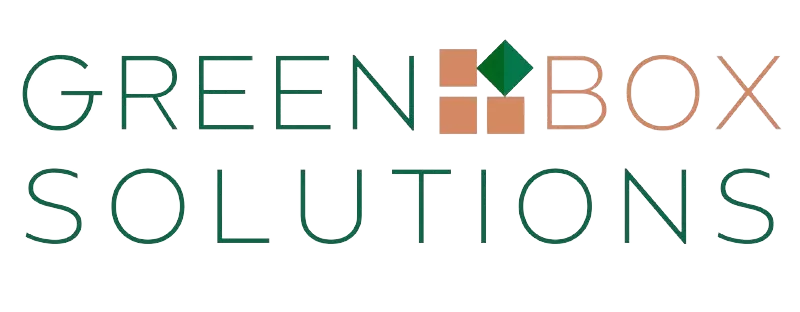Strength of Moving Boxes
Quality of the Moving Boxes, ECT vs Bursting Test
The ECT or Edge Crush Test method is used to determine the quality of the moving boxes sold by Uboxes. The ECT is the most current testing procedure adopted by the industry replacing the older standard of Bursting Method also known as Mullen Method.
The fundamental difference between these two tests is Mullen test emphasizes on how much force is required to burst or puncture the face of a corrugated board. The Bursting Method measures the strength of the carton against possible forces expected during the shipment and measured in Pounds. A 200# box means the strength of the carton has been measured by Mullen test to be 200 lbs.
The Edge Crush Test, on the other hand, is the most current standard measuring the strength concentrated more on the integrity of the moving boxes instead of the board alone. The ECT is considered to be the true test measuring the performance of the moving boxes as well as the stacking strength, which Mullen method fails to consider in their test.
The ECT measures the amount of the force necessary to crush the edges of moving boxes in pound/linear inch (lb/in) but it is reported as ECT or edge crush test, like 32ECT.
| Maximum Weight | Mullen Test (inch per sq inch) | ECT (Edge Crush Test) |
| 20lb | 125# | 23 ECT |
| 35lb | 150# | 26 ECT |
| 50lb | 175# | 29 ECT |
| 65lb | 200# | 32 ECT |
| 80lb | 250# | 40 ECT |
| 95lb | 275# | 44 ECT |
| 120lb | 350# | 55 ECT |
The above table demonstrates the comparison between the two testing methods of the Bursting Test and the Edge Crush Test. The main difference remains in Mullen Test measuring the strength of the cardboard used to manufacture the corrugated fiberboard, while the ECT eliminating this step and measuring the strength of the corrugated box by compressing the edges of the box where the side of the boards meet the bottom or top boards.
The advantage of the ECT test is the elimination of the excess weight of the unnecessary fiberboard in carrying a certain weight in the moving boxes. According to a study conducted by Stanford University, the ECT offers the same performance as their Mullen equivalents with less weight:
“The ECT eliminated this requirement, which allows the use of lighter weight materials while still providing high performance. While comparing two identical sized cartons with equal strengths, one is Burst Test rated and one being ECT rated, the ECT rated carton will weigh less. In other words, the ECT rated carton will use less corrugated material. ”
The ECT rated boxes offer a great protection level for the contents of the moving boxes without having to use more fiberboard resulting in lowering the cost of the raw materials necessary to manufacture each box. The savings in raw materials directly affects the cost of the finished products, which in turn the cost savings is transferred to the consumers.
The reduction of raw materials not only effects the cost but also saves energy in manufacturing them and help the environment by eliminating the excess amount of paper necessary to manufacture moving boxes. The studies have indicated that the 32 ECT moving boxes, handling up to 65 lbs of contents, will be more than sufficient when packing, stacking and moving typical household items. Uboxes has used the ECT method in all their moving boxes, which has resulted in offering everyday low prices without sacrificing the quality. Our philosophy has always been why pay for the extra paper when there is no need for it!






